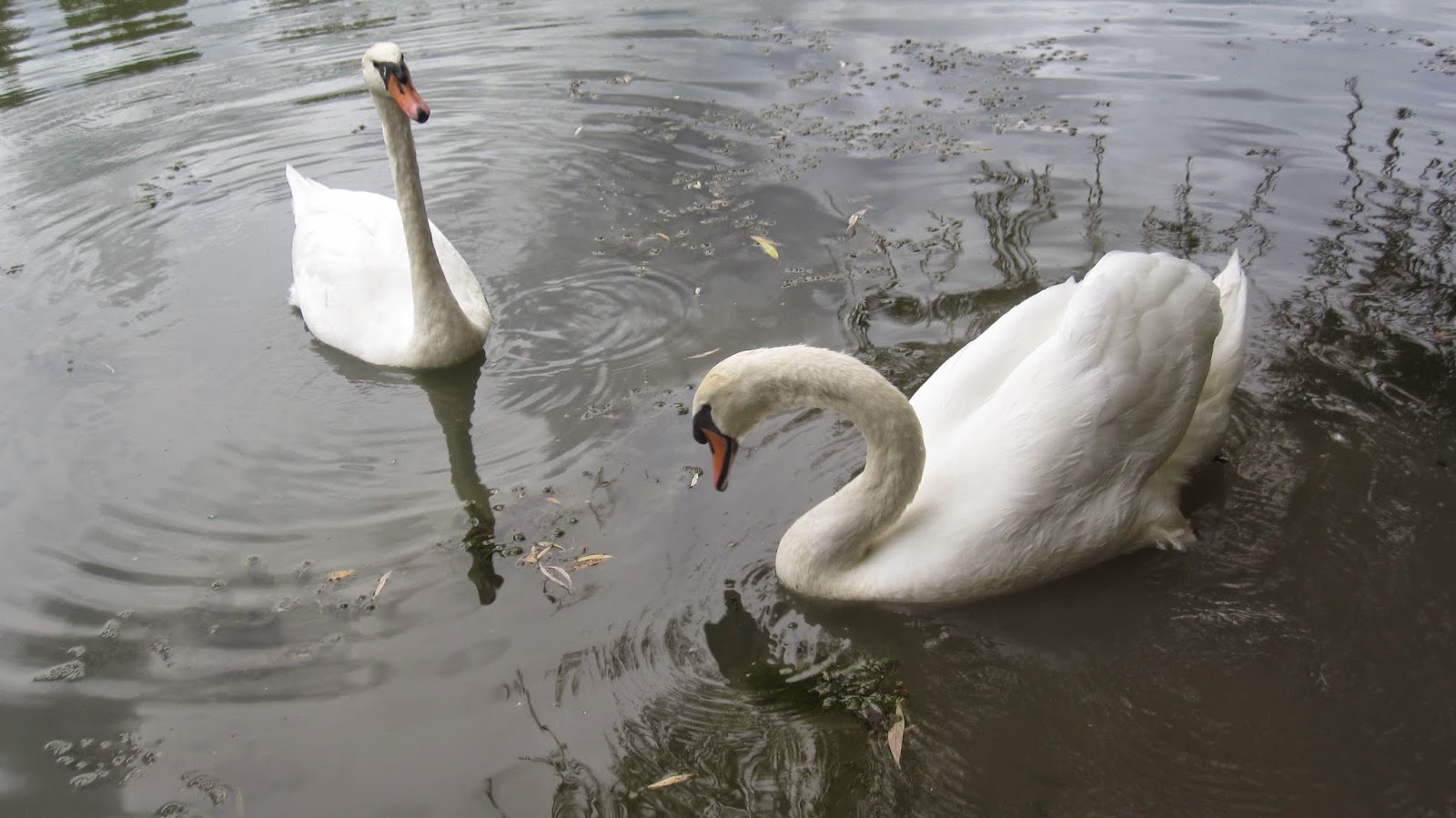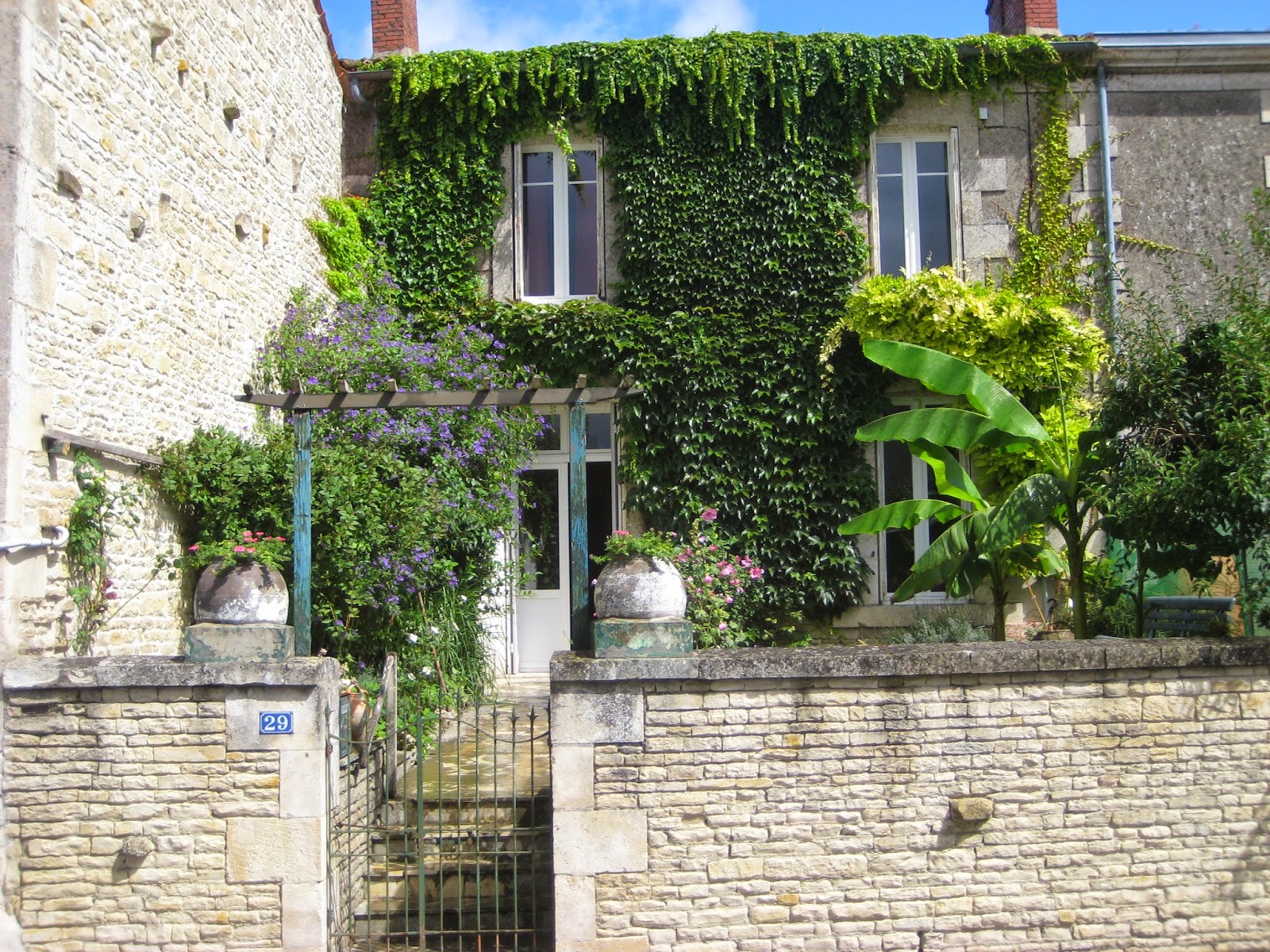Cognac

We met some very nice people at the
villa this summer who happened to live in Cognac. So off we went to
Cognac for a visit. The town itself didn't have a lot to see but it did
have some nice buildings and we were delighted to see our newly made
friends again. Laurent said unless you are involved with the Cognac industry you are on the outside of the circle! Cecile and Laurent are both teachers and they have 2
children. We had lunch at their house and then went to take a tour
of the Tonnellerie—a place that makes wine casks.
http://www.tonnellerie-allary.com/

I was amazed at the amount of hand
labor is used to create these beautiful casks. The casks are
generally made of French Oak but they also use some oak shipped in
from Missouri in America to keep up with their supply and demand!
The 'staves' or oak slats are seasoned when they arrive in large
stacks outside the building. They are all equally spaced to allow
for maximum drying and weathering. Believe it or not, they are air
dried for 18-24 months! They use clean well water to irrigate the
wood and turn them frequently for proper aging.
The next step is to use a blow drier to
remove 3-5% of the humidity from the wood. This allows for stable
conditions to work with the wood at 15-17% humidity. The wood is cut
and also sanded on the interior of the staves. Watching these guys
work is amazing and very noisy. They all work ear protection but in
my opinion it isn't enough. They gave us ear plugs to use for the
tour but it was still plenty loud.
They start with a metal ring and “mise
en rose” or stack the staves in a the ring. They make it look easy
but I think it would be hard holding all the pieces together and
getting them all to fit. Then they pick up a mallet and anvil and
start pounding the rings down further on the barrel. It takes
dexterity and strength to hit that thin piece of metal ring and not
hit your thumb! The mallets are heavy and they swing them above
their head to hit the thin strip. They have to circle the barrel
several times and then go to the next ring. During this time they
also have to keep all the staves in line on top of the barrel even as
well. It really is an art.

Once they get one end of the barrel
done it's time to toast the barrel. They have charcoal fires in
little chimney's on the ground that they feed with the scrap wood they cut away
from the round tops and bottoms they make. There are 5 different
levels of toasting for different flavors. They spray the barrels
with water to keep the wood pliable. The barrels are rolled around
on their rims to move them from place to place. Even that is an art.
The barrels are very heavy I can attest to from my work at Snow Farm
Winery where I learned to roll them myself. It's impossible to move
with wine in it unless you have a hydraulic lift.
To finish the barrel they use a cable
to pull the bottom of the barrel together and put the last rings on.
They turn the barrel over and again start with the pounding of the
rings to move them lower on the barrel. Somewhere along the line
they do put a hole in the side of the barrel for a cork. Then comes
the time for sanding which is done with a automated machine. The
wood is so beautiful and when all sanded. What a magnificent work of
art.
After our visit of the cask
fabrication we stopped back at the house for a taste of Cognac. I
generally don't like it but that's because I've never really had a
good one! And we were served a good one!




















































